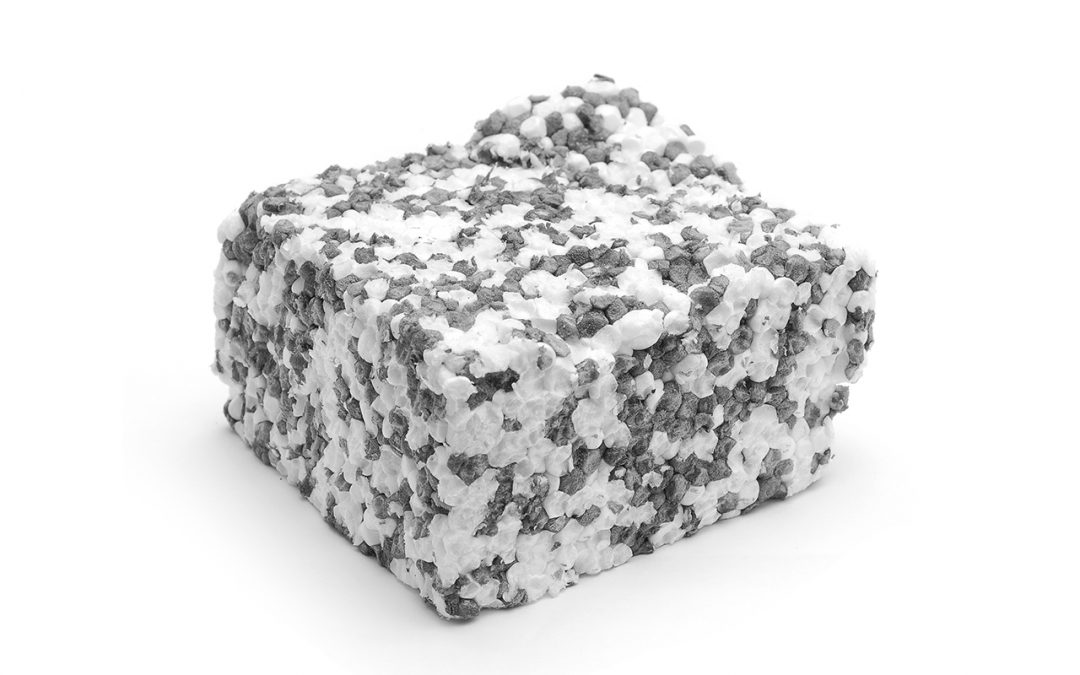We tell people that one of the benefits of going with Miracle Truss® buildings is that the design creates 24-inch on center studs for interior walls and the roof. That makes it very easy to use standard batting insulation if you plan to finish the inside walls.
This type of insulation is highly efficient—but we know it’s certainly not the only option. Spray foam insulation, for example often has a superior R-value. We remind people on the Miracle Truss® website that the metal siding and roofing should be stored out of the weather because trapped moisture can cause the sheets to spot rust, and that will void the warranty. But what would spraying it with insulation do?
Metal + Foam = ???
Even though it’s not possible for metal roofing and siding manufacturers to say with certainty that spray foam insulation will cause damage, they may not honor the warranty. The concern is that it may not be possible to determine what actually caused the damage. Was it the spray foam insulation? Or something else?
Quality foam insulation is made from what’s known as closed cell formulas. So the big concern we raise about keeping metal sheeting away from standing moisture isn’t something you would need to worry about. Even so, the best approach would be to apply sheathing between the metal and the insulation. Here’s why.
Gaps and Leaks
Closed cell spray foam insulation has a tendency to fill voids and gaps because it doesn’t expand as much as open cell insulation. That’s an important consideration because if there’s a leak in the roofing or the ridge cap, moisture could get trapped between the roof and the insulation.
While closed cell spray foam insulation is a better choice all around, you’ll still want to be sure that you’ve got no gaps or holes in the steel where water could enter and be trapped.
The big-picture concern is actually more about trapped moisture than whether the substances that make up spray foam insulation will corrode steel or metal sheets. There seem to be no chemicals in spray foam that could react with steel or the galvanized protective coverings on the metal siding and roofing panels. Multiple coats would keep the foam away from being able to do any corrosive damage.
Bottom Line
While it looks as if there shouldn’t be any problem using spray foam insulation—especially closed cell formulas—you’ll have to take some extra steps that’ll make the steel and metal manufacturers happy. The best solution is to add a water-resistant separation between the metal and the foam. This is especially a good idea if you plan to insulate a roof this way.
Edge mounted wood purlins and girts that create standard 24-inch on center framing already gives you an advantage. No retrofitting of an interior stud-wall is needed, with the Miracle Truss® system and pretty much everything you would use in standard construction can be used in our buildings. We specialize in buildings that are completely customized to your unique specifications.



